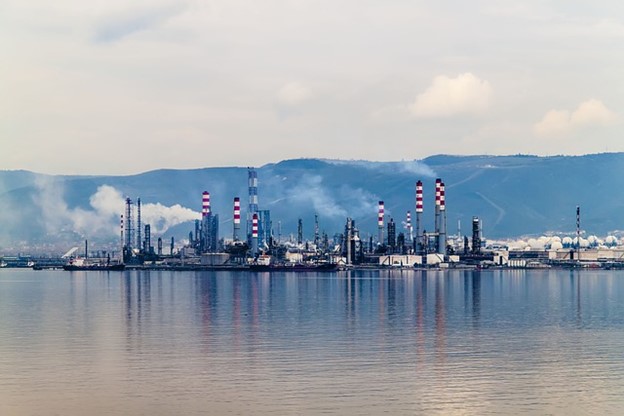Russia will continue to reduce oil deliveries to world markets by 300,000 barrels per day until the end of December, said the Deputy Prime Minister of Russia, Alexander Novak. According to him, the authorities will decide in November whether to further reduce or increase production, and Saudi Arabia will consider the same issue.
“Next month, a market analysis will be carried out to decide on deepening the reduction or increasing oil production,” said Novak. He added that the additional production cuts should strengthen the measures taken by the OPEC+ countries to maintain stability and balance in the oil markets, Kommersant reports.
Saudi Arabia may also reconsider the scale of additional oil production cuts in November, the SPA agency there reported, citing a source in the Ministry of Energy. For now, Saudi Arabia will continue with voluntary production cuts of 1 million barrels per day until the end of this year.
OPEC decided to reduce production by two million barrels per day in October last year. In May of this year, a group of countries led by Saudi Arabia announced a further reduction in production by more than a million barrels per day. Riyadh and Moscow confirmed last month that they plan to extend the cuts until the end of 2023, and UAE Energy Minister Suhail al-Mazrui believes that the parameters of the agreement will remain the same next year.
OPEC Prepares Optimistic Demand Growth Assessment
OPEC will likely include an upbeat assessment of oil demand growth for next year in the forecasts it releases later this month. The sources said OPEC will forecast a slowdown from this year’s forecast.
OPEC’s forecast for 2024 is likely to be lower than the growth of 2.35 million barrels per day (2.4 per cent of daily production) expected this year, which is a very high rate, Reuters reports.
That would be well above the past decade’s annual average, except for the pandemic years, and more than the International Energy Agency (IEA) forecast, which sees oil demand growth slowing to 860,000 barrels per day next year.
















